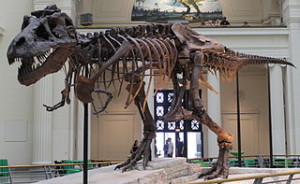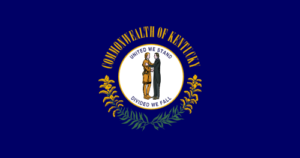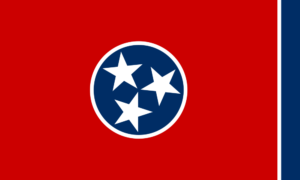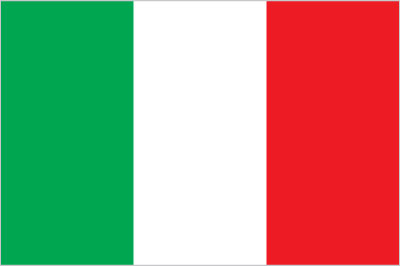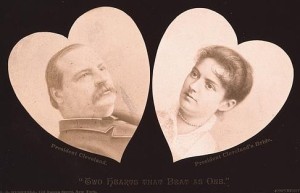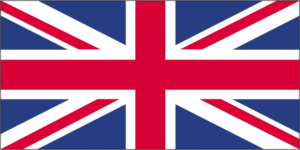James Daugherty (born Asheville, North Carolina, 1889; died Boston, Massachusetts, February 21, 1974) was a painter, illustrator, and author. He is one of only a few people who have earned both Newbery Awards and Caldecott Awards. His Andy and the Lion received a 1939 Caldecott Honor Award, and he earned another Caldecott Honor Award in 1957 for Gillespie and the Guards. He was awarded the 1940 Newbery Medal for Daniel Boone. Children could view some of his artwork at: James Daugherty.
Jacques Marquette (born Laon, France, 1637; died near Ludington, Michigan, May 18, 1675) was a priest and an explorer. He arrived in the New World in 1666. He founded several missions before he met Louis Jolliet. The two, with five other people, started to explore the Mississippi River in 1673. Idea: Children could speculate on why a priest would become such an active explorer. They could also learn more at: Jacques Marquette.
Doris Buchanan Smith (born Washington, DC, 1934; died Jacksonville, Florida, August 28, 2002) wrote seventeen books for children. Her A Taste of Blackberries was published in 1973.
